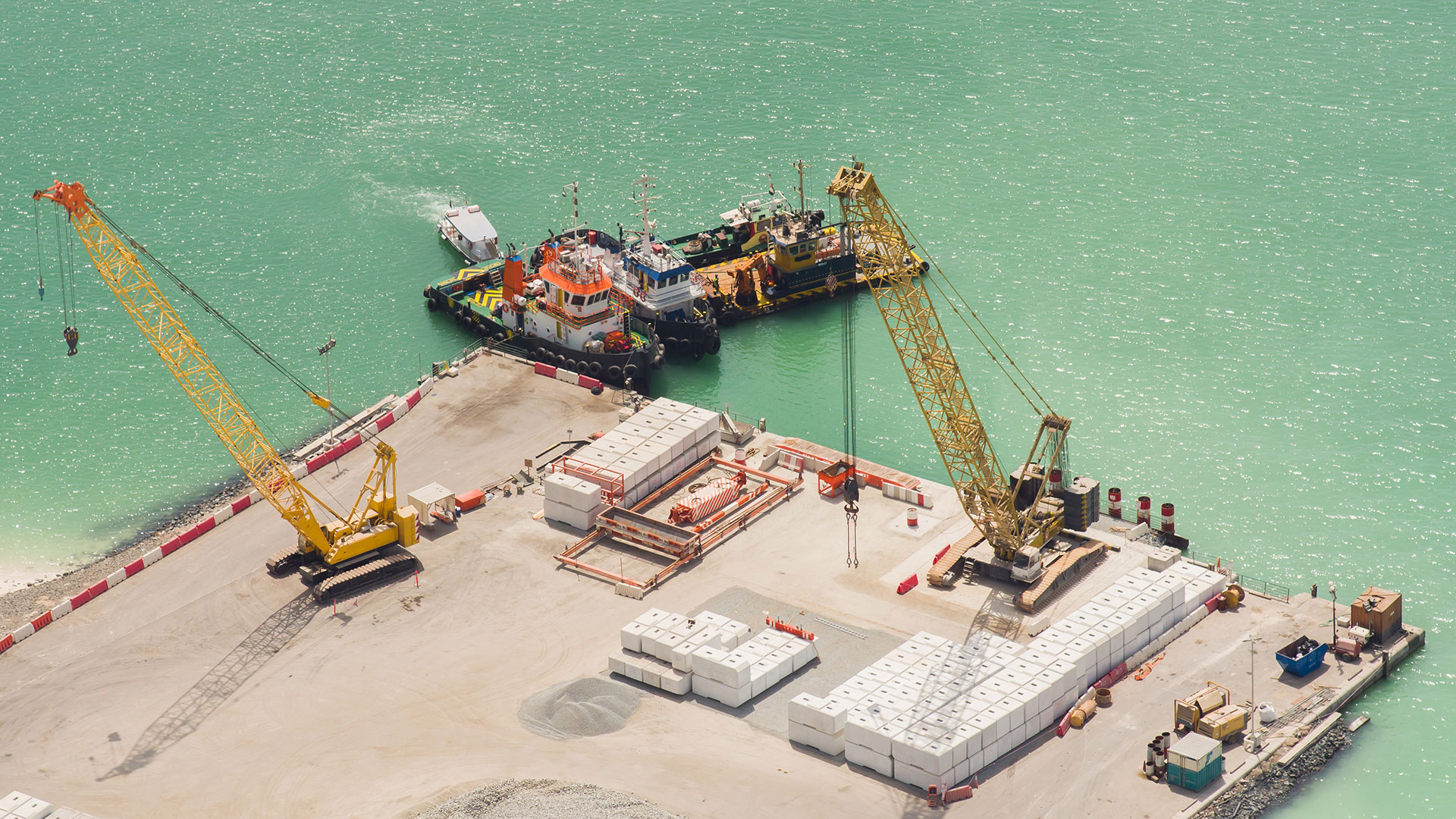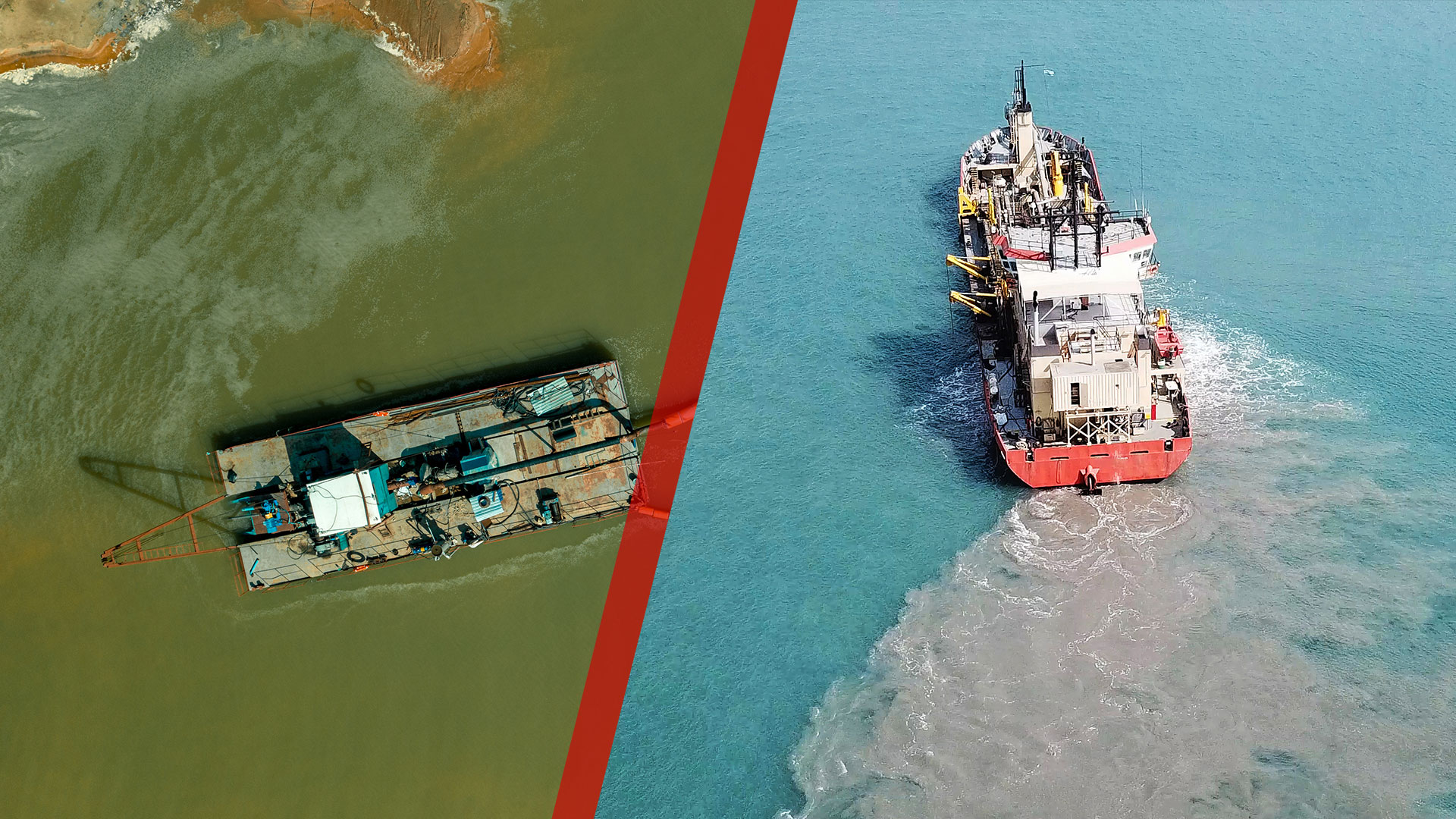
The Latest Innovations in Dredging Equipment
The dredging industry plays a crucial role in maintaining waterways, reclaiming land, and managing environmental resources. Dredging is essential for keeping our harbors, ports, and canals functional while also supporting construction, mining, and other industries. Recent innovations in dredging equipment are reshaping the industry with advances that make dredging operations more efficient, eco-friendly, and cost-effective.
This article delves into the latest innovations in dredging equipment, focusing on how these developments enhance efficiency, reduce environmental impact, and meet evolving industry needs.
The Role of Dredging Equipment in Modern Industry
Dredging and dredge equipment serve a wide range of purposes, from deepening navigational channels to restoring ecosystems and reclaiming land. Types of dredging include pond dredging, which is essential for maintaining ponds and small water bodies, and large-scale dredging projects in oceans and rivers. The dredging equipment and dredge equipment used for these operations vary. Still, all share a common purpose: to remove unwanted materials and sediment from underwater environments and relocate them to another location.
Dredging is vital to environmental management because it helps prevent sediment build-up, reduces the risk of flooding, and can even improve water quality. Additionally, dredging equipment and dredge equipment are key in land reclamation and the construction of ports and harbors, all of which are crucial to global trade and urban development. As dredging demand grows, so does the need for cutting-edge dredging and dredge equipment that can handle various conditions, including challenging environments and tighter regulatory standards.
Key Innovations in Dredging Equipment
Recent technological advancements in dredging equipment have focused on enhancing precision, sustainability, and accessibility. Here are some of the most impactful innovations in the field:
Automation and Remote-Controlled Dredging
Automation is transforming dredging operations by allowing remote control of dredgers. Remote-controlled dredging enables operators to manage equipment from a safe distance, reducing the risk to personnel. This capability is especially valuable for dredging in hazardous or hard-to-reach areas, such as contaminated sites or deep-sea environments. Automated dredging also improves precision, reducing waste and increasing efficiency. With remote-controlled dredgers, companies can optimize operations, completing projects faster and with less environmental disturbance.
GPS and AI-Enhanced Dredging Technology
GPS technology has become integral to modern dredging, providing accurate positioning data to improve efficiency and ensure precise sediment removal. By using GPS, dredging operations can track the exact location and depth of dredging, making it easier to avoid areas where dredging is unnecessary or potentially harmful. When paired with artificial intelligence (AI), dredging systems can also analyze data to identify optimal dredging paths, predict sediment patterns, and respond to real-time environmental changes. These capabilities reduce operational costs and minimize environmental impact, aligning with industry goals for sustainability.
Eco-Friendly and Fuel-Efficient Designs
As environmental regulations become stricter, the demand for eco-friendly dredging equipment, including specialized pond dredging equipment, is rising. Equipment manufacturers are prioritizing fuel efficiency to reduce emissions, resulting in dredgers that consume less fuel while delivering high performance. Innovations include low-emission engines and energy-efficient designs that reduce fuel costs and emissions. Some dredging equipment manufacturers have even introduced electric and hybrid dredging vessels, minimizing the carbon footprint of dredging operations.
The industry is also seeing designs focused on minimizing turbidity (sediment disturbance) in the water. This feature is particularly important in sensitive areas where disturbing the ecosystem could harm local wildlife or disrupt water quality. Eco-friendly pond dredging equipment, for instance, is designed to gently remove sediment from smaller, contained bodies of water with minimal disruption. By reducing turbidity, eco-friendly dredging equipment, including pond dredging equipment, helps mitigate the environmental impact of dredging projects.
Advanced Cutter Suction and Auger Suction Dredgers
Cutter suction dredgers (CSDs) are essential for handling tougher materials, such as compacted sand and clay, making them ideal for large-scale dredging projects. Innovations in cutter suction technology have increased their power and efficiency, allowing them to operate in harsher environments and deeper waters. Modern CSDs also feature improved cutter heads that reduce wear and tear, minimizing maintenance costs and extending the equipment’s lifespan.
Auger suction dredgers are another advanced technology gaining popularity, particularly for pond dredging and smaller projects. Auger dredgers are highly efficient, creating minimal turbidity and precisely targeting areas with limited disruption. These dredgers are well-suited for environmentally sensitive areas and have the added benefit of being smaller, more portable, and easier to operate.
Modular and Portable Dredging Equipment
Innovation in modular and portable dredging equipment is making it easier for smaller-scale projects to access high-quality dredging solutions. This modularity allows companies to assemble or disassemble equipment quickly, making transportation and setup much easier. For example, modular dredgers can be shipped to remote locations in parts and assembled on-site, saving time and reducing logistical challenges.
Portable dredging equipment is especially advantageous for pond dredging and maintenance of small water bodies. Small businesses, local governments, and even private pond owners now have access to effective dredging tools without the need for large-scale industrial equipment. Modular and portable designs are ideal for handling smaller jobs cost-effectively while maintaining quality and precision.
The Impact of Innovation on Efficiency and Cost-Effectiveness
The latest innovations in dredging equipment are significantly enhancing efficiency and cost-effectiveness across the industry. Automated and remote-controlled dredging reduces labor costs and minimizes operational risks, while GPS and AI integration reduces the likelihood of errors, helping to avoid costly rework. Fuel-efficient and eco-friendly designs lower long-term costs by reducing fuel consumption and adhering to environmental standards, which can help companies avoid fines or regulatory complications.
These technologies also minimize downtime and extend the lifespan of dredging equipment. Advanced cutter suction and auger dredgers, for instance, require less maintenance and experience fewer delays due to breakdowns, meaning projects can be completed faster and with fewer interruptions. Modular equipment provides another layer of efficiency, as it enables easy transportation and flexible setup, reducing mobilization costs and simplifying logistics.
Sustainability and Environmental Considerations in Dredging Equipment
Environmental concerns are increasingly shaping the dredging industry, with sustainability now a key consideration in equipment development. Many dredging companies and equipment manufacturers are committed to minimizing ecological impact by developing tools that disrupt ecosystems as little as possible. Innovations such as low-emission engines, reduced turbidity designs, and electric dredgers help protect marine life and reduce pollution.
Some advanced dredging equipment even includes real-time monitoring systems that allow operators to assess and adjust the dredging process to minimize environmental impact. These systems can monitor water quality, sediment levels, and the presence of aquatic species, allowing operators to make informed decisions and avoid harming sensitive ecosystems. These sustainable practices are not only environmentally beneficial but also align with evolving regulations that prioritize ecological preservation.
The Future of Dredging Equipment
The future of dredging equipment will likely see further advancements in automation, with fully autonomous dredgers potentially becoming a reality. These autonomous systems, powered by AI, could perform complex dredging tasks without human intervention, reducing labor costs and increasing safety. Additionally, renewable energy-powered dredgers may become more common as the industry continues to push for sustainable solutions.
However, with these advancements come challenges. Developing autonomous and eco-friendly dredging technology will require significant investment, and regulatory standards may need to adapt to keep pace with technological changes. Nevertheless, the continued evolution of dredging equipment will undoubtedly drive the industry toward a more sustainable, efficient, and environmentally responsible future.
Conclusion
Dredging equipment has come a long way, with recent innovations greatly enhancing its efficiency, sustainability, and adaptability. As technology continues to advance, the industry can look forward to even more significant improvements that will shape dredging operations in the years to come. Whether through automation, fuel-efficient designs, or modular systems, the latest innovations in dredging equipment are helping companies meet the growing demand for dredging services while prioritizing environmental responsibility.
Have Questions?
Get in touch with us now!
Related Blogs
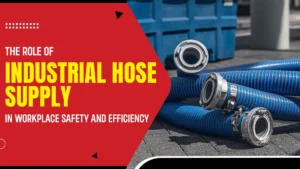
The Role of Industrial Hose Supply in Workplace Safety and Efficiency
In high-stakes industries such as oil and gas, mining, manufacturing, dredging, and defense, industrial hoses serve as vital connectors in daily operations. Whether transferring hazardous
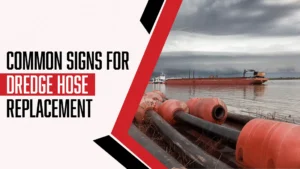
Common Signs For Dredge Hose Replacement
Dredge hose is an essential component in mining, oil and gas, and heavy industries, where it is used to transport materials such as sediment, slurry,
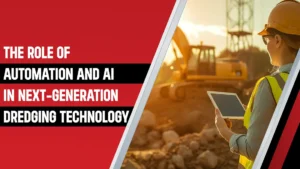
The Role of Automation and AI in Next-Generation Dredging Technology
Dredging technology has undergone a quiet but powerful transformation over the past decade. A purely mechanical process, which included heavy machinery, manual supervision, and reactive

